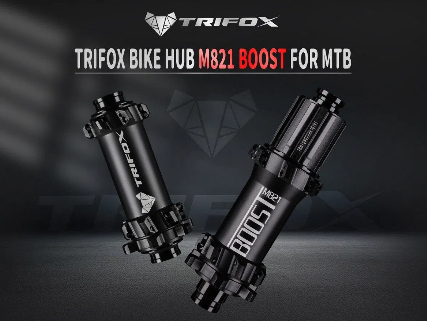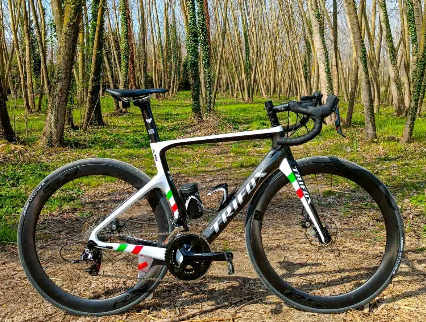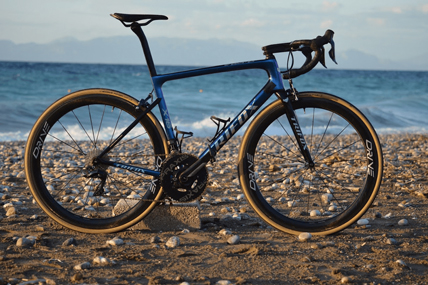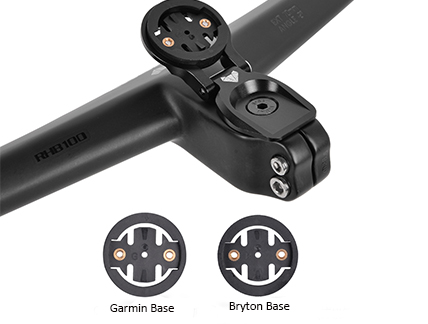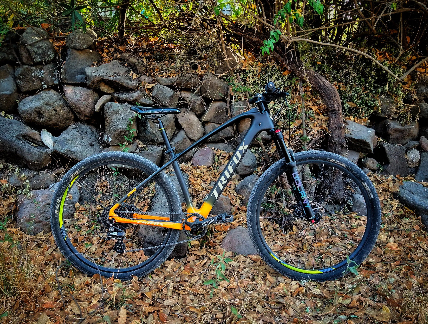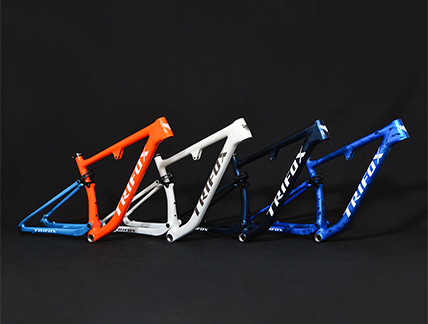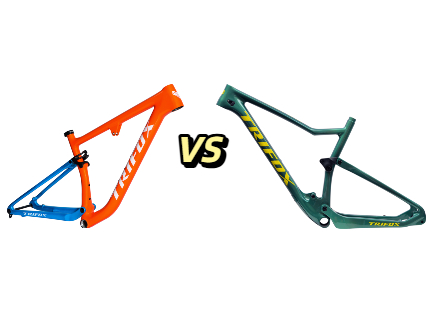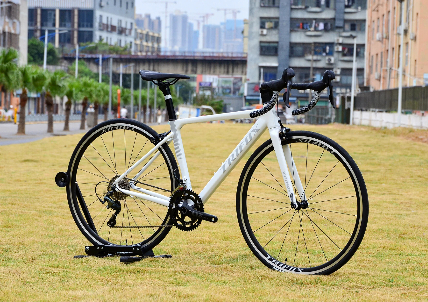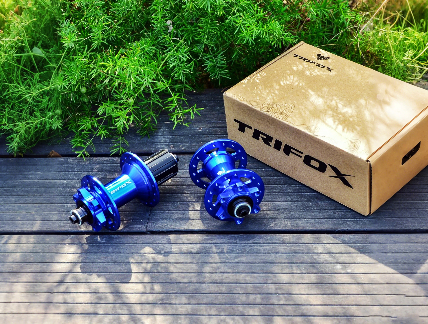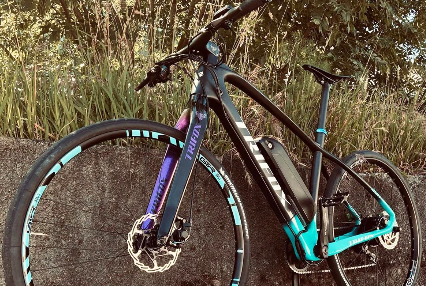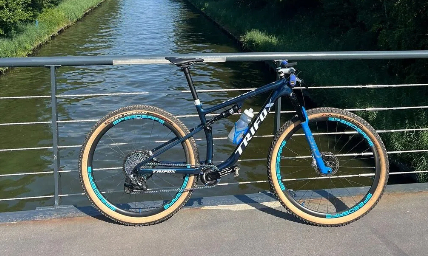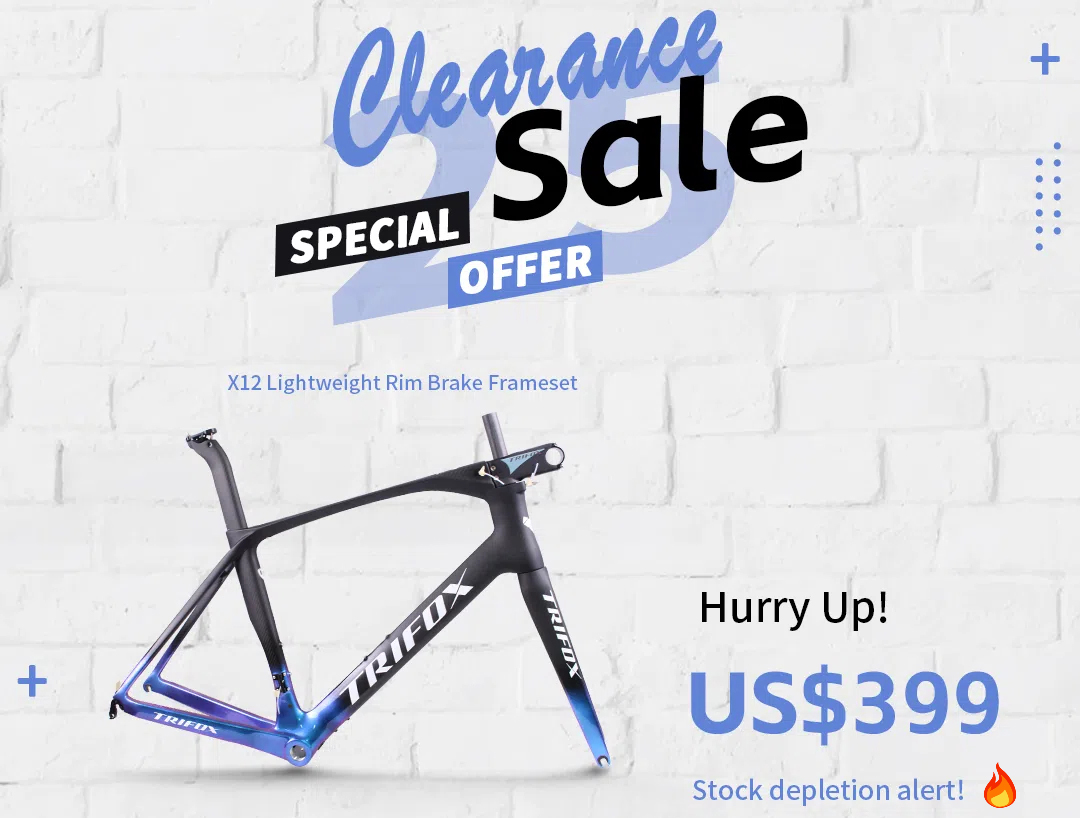As one of the core components of the bicycle, the answer to whether the wheelset needs regular inspection and maintenance is obvious: If you want it to maintain a better condition and have a longer life, then it must be maintained regularly. First, through careful inspection, understand the usage or remaining life of the wheelset. If it is damaged or unusable, it can be replaced further, so that the wheelset can be kept in the best condition at any time, and you can ride with peace of mind.
The first is the inspection, the inspection of the wheel system:
1. Bearing and quick release
Is the tightness of the quick release normal? It is recommended that two fingers can not be pulled by force, if the original factory has a calibrated torque value, it would be better. When your quick release is locked and you feel that the wheelset can move laterally or there is a lateral frame, your bearing may have a problem; if you cannot rotate the wheel smoothly, then the bearing may be too tight or the inside may be rusted. In either case, you need to disassemble and adjust the quick release lever or bearing.
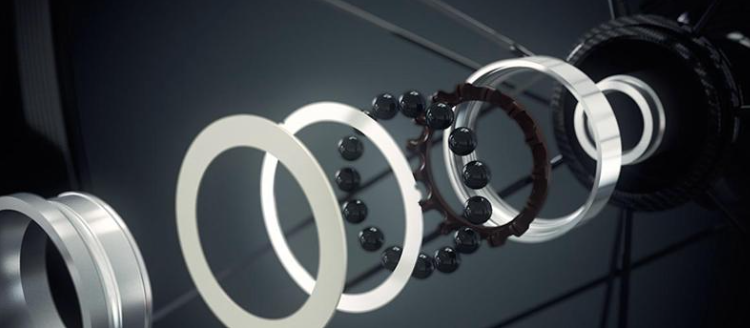
If you are riding in a good environment, dry and free of sand, it is recommended to clean the bearings and re-oil them every 2-3 months. There is no need to remove them from the hub, just remove the outer cover, clean them with a rag and degreaser, if you have a compressed air gun, the effect will be better. If you are riding in wet, damp, and muddy conditions, and you are riding multiple times a week, it is recommended that you do these checks at least once a month. To check whether the bearings are worn, all you need to do is move them with your fingers and check for free rotation or friction. It is also recommended to check whether they have lateral frame volume, which is a symptom of wear. If the rotation resistance is great, it is recommended to replace them. Most rear hubs have two sets of internal bearings that need to be inspected and replaced, and the pawls and springs need to be cleaned and re-oiled. Clean and re-oil with the correct lubricant. Cheaper wheelsets usually use open bearing systems such as balls, which will require shorter cleaning and re-oiling and will require more regular inspections. Replacing these types of bearings is a relatively simple and inexpensive procedure.
Note: Deep groove ball bearings do not actually need maintenance, just replace them if they are worn out. However, angular contact bearings such as Campagnolo and Shimano, commonly known as ball hubs, need to be disassembled for maintenance. Special ratchet structures may require special grease.
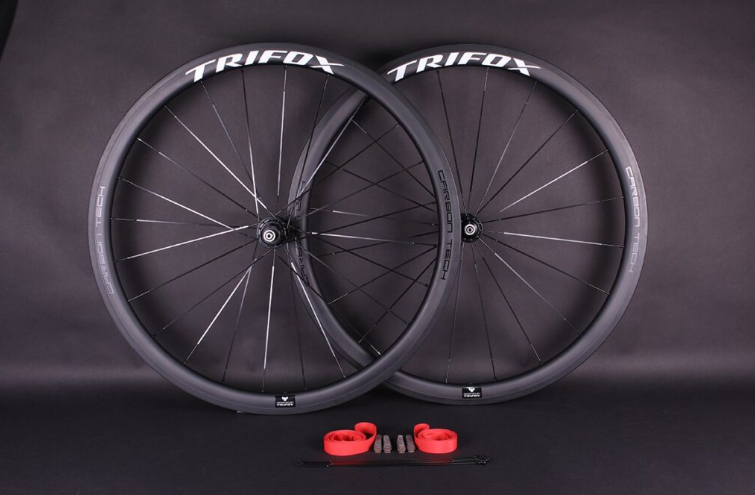
2. Does the wheel deflection?
You can use the brake fast or the frame as a reference to check. When you rotate, observe that the space on both sides of the wheel has increased or decreased by more than 2mm, then your wheelset is not suitable. If you continue to ride in this state If it goes down, the deflection will become more and more serious, and it will bring certain dangers.
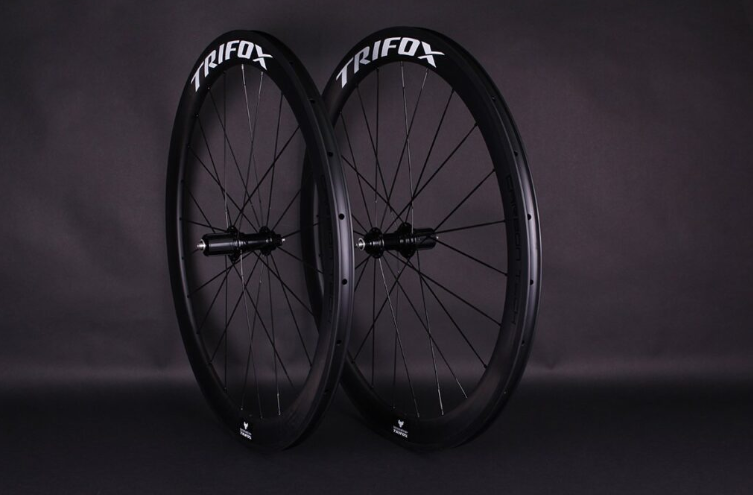
3. Is the surface of the spoke damaged or impact marks?
Too high or too low-spoke tension will also accelerate the wear of the wheel. If any one of the spokes is loose, damaged, or broken, it will affect the rest of the spokes as an integral part of the wheelset, so it is recommended to check the spoke tension at a certain time interval, whether on mountain bikes or road bikes. In addition, this work is best performed by qualified technicians, and the correct tools must be used. If these tools are not used, the risk of damage to the spokes or caps will increase.
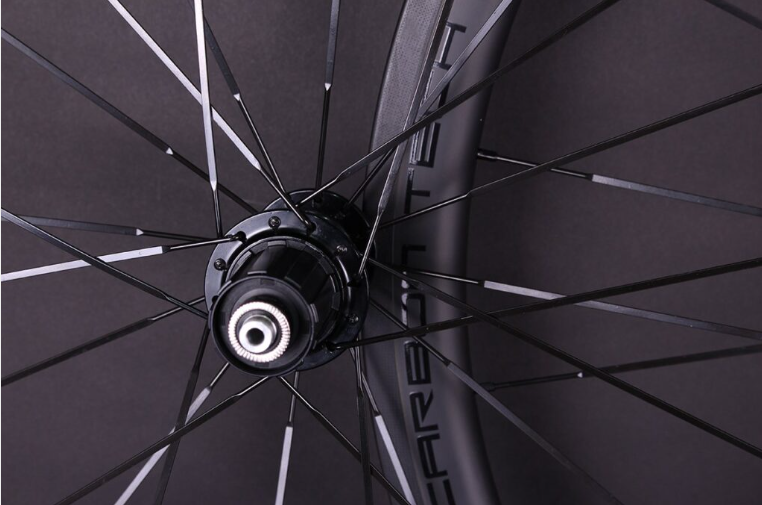
4. Is the braking surface of the rim smooth, or is there any deformation of the disc?
Check with the naked eye and fingers for unevenness. Although the design mileage of the rim may be more than 40,000 kilometers, it may be greatly reduced if improperly maintained under wet and sandy conditions. If the sidewall of the rim brake is worn too thin, it will cause the rim to deform or crack under pressure.
Whether it is aluminum alloy or carbon fiber, the inside and outside should be inspected at least several times a year. Check for cracks, that is, the braking surface is clean and there is no sign of damage to the rim edge, which may affect the correct fit of the tire or loss of tubeless rim sealant. For tube tires, check whether the wheel positions are correct and clean the tires regularly. In addition, it is best to use the original brake pads or brake pads recommended by the manufacturer to avoid unpredictable problems.
Note: In addition, if the road bike uses aluminum rim brake rubber, it is necessary to regularly clean the metal chips embedded in the brake rubber, which can effectively avoid abnormal wear of the braking rim.
5. Are there any cracks in the tire? Is there any arc when viewed from the front? Are the bead and rim tightly integrated? Does the tube tire have a rubber opening, etc.?
Before that, be sure to observe the recommended air pressure on the tires, and do not exceed or fall below the recommended air pressure, otherwise it is extremely likely to cause danger.
Regardless of the tire system used, regular inspections are very important. If you use traditional-style tires and inner tubes, make sure that the inner tube is installed at the correct angle and there is no angle between the valve and the rim. For tubular tires, the most important aspect is the bonding process. If they are not correct, they will not be in the center of the rim, or in the worst case, they may detach during riding, causing serious injury to the rider. If you are not sure how to install tubular tires, it is recommended to ask a professional to help. For tubeless tires, replace the glue at least once a quarter, and occasionally check whether the air nozzle is properly tightened and there is no leakage. Regardless of the type of tires used (traditional, tubular, or tubeless), make sure that they do not show any signs of damage, cuts, or holes that could cause bursts. If this is the case, replace them immediately.
Note: Regular cleaning of metal shavings, broken glass and small stones embedded in the tread can reduce the chance of a tire blowout.































































